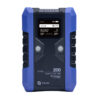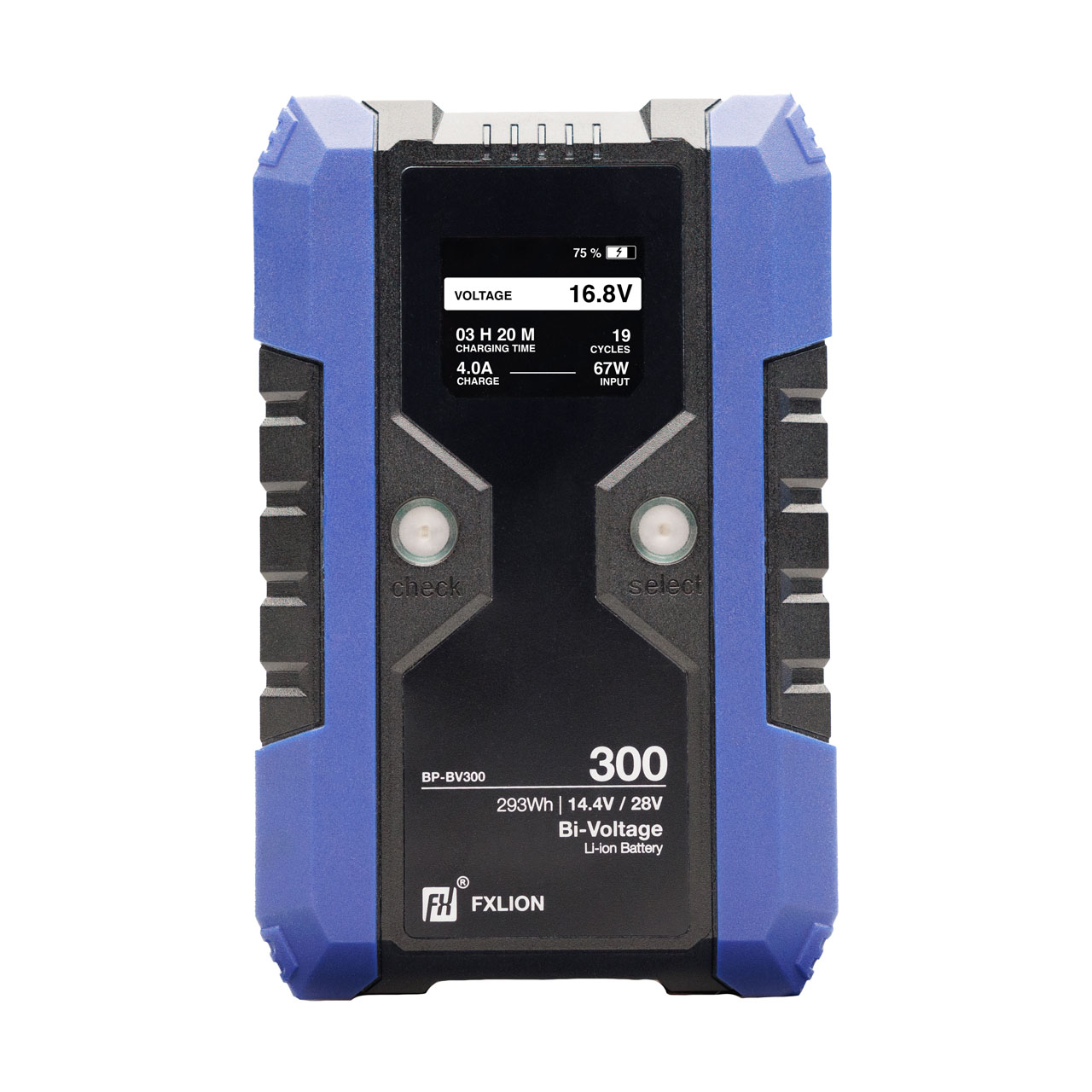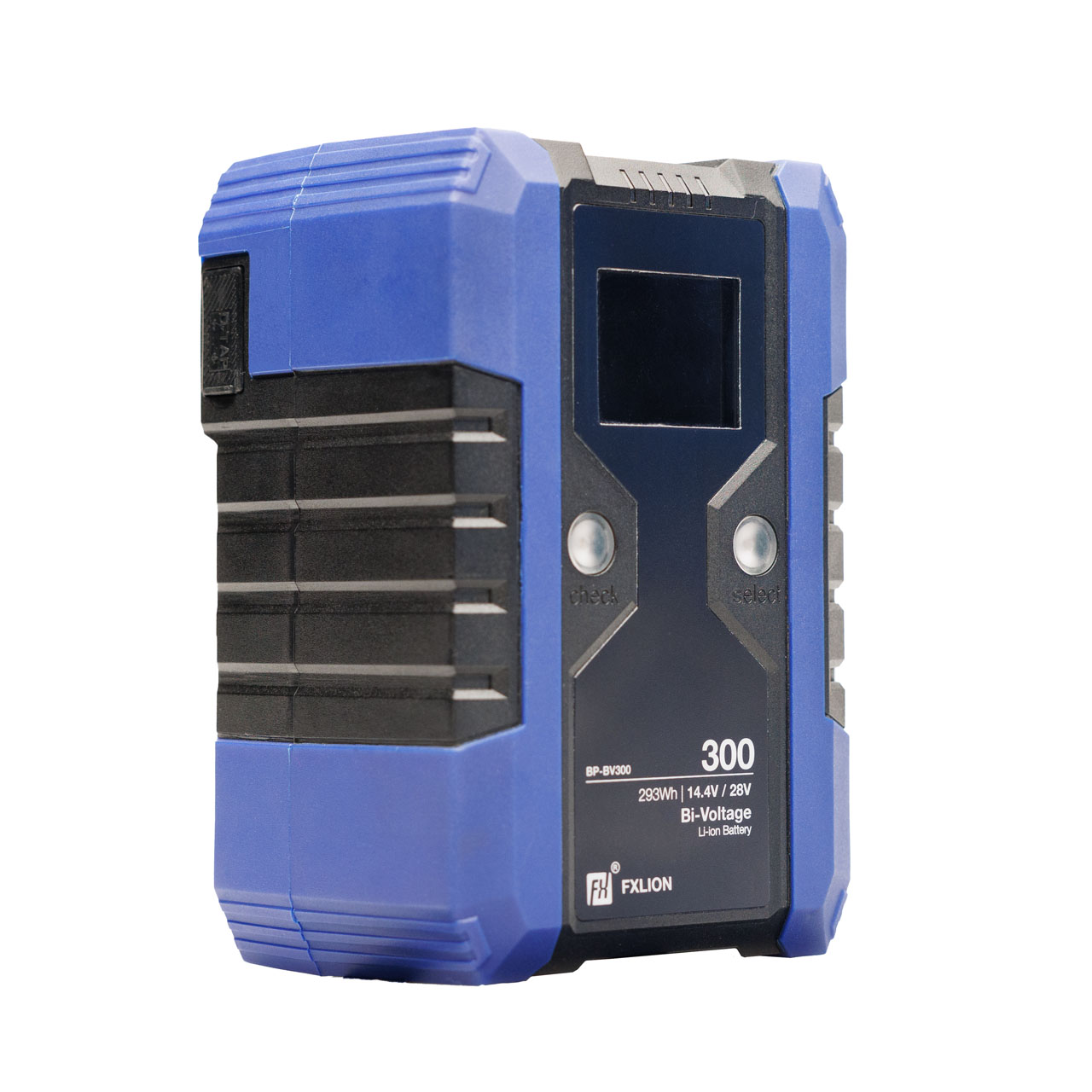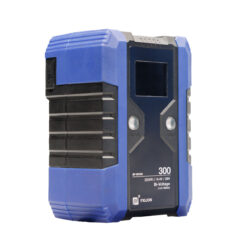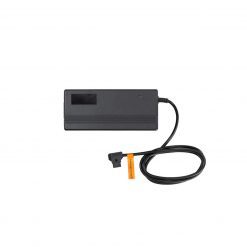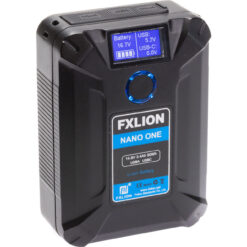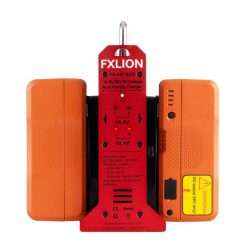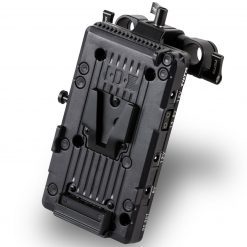| Capacity | 14.4V: 20.4Ah/293Wh 28.8V: 10.2Ah/293Wh |
|---|---|
| Voltage | 14.4V / 28.8V |
| Mount | V-Mount |
| Output | 14.4V – 250W/18A (max.) 28.8V – 250W/10A (max.) |
| D-Tap Output | 16V/4A 64W (max.) |
| USB-A Output | 5V/2A, 9V/2A, 12V/1.5A (18W max.) |
| USB-C In- / Output | PD Fast Charging Protocol 5V-20V/3A (60W max.) only in 14.4V mode |
Fxlion BP-BV300 Bi-Voltage V-Mount Battery (293Wh)
RM3999
The Bi-Voltage battery is versatile, powering 14.8V devices and switching to 28V for larger cameras and high-power LED lights. Robust and durable.
The Bi-Voltage V-Mount battery is a versatile power solution ideal for photography and videography professionals. It stands out from other batteries on the market by allowing users to conveniently change the voltage at the touch of a button. This makes it ideal for high-power LED lights and cameras that require different voltage levels.
The battery includes multiple built-in safety mechanisms, preventing accidental changes. Users can adjust the voltage using two buttons on the interface. The battery also has USB-C and D-Tap sockets, providing greater versatility. It accepts any powerful USB-C charger, and USB-C outputs can double as charging inputs.
A sleek display shows useful information such as charging time, cycles, and capacity. It includes built-in protection circuits that prevent overheating, overcharging, over-discharging, and over-current, ensuring safe and reliable operation.
The battery is compatible with all V-Mount chargers, and wall chargers are available for rental purposes. It operates in temperatures ranging from -20 to +55°C, with a maximum capacity loss of half when used in sub-zero temperatures.
The Bi-Voltage V-Mount battery is a must-have for powering high-power LED lights and cameras. Its unique features, user-friendly interface, and built-in safety mechanisms make it the ideal power solution for demanding applications. Its sleek design and reliable performance make it perfect for those looking for a powerful and versatile battery solution. To learn more about calculating your power needs, read our article on How To Choose the Right Battery.

